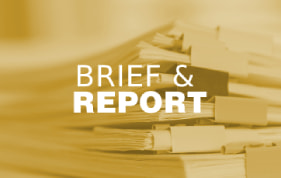On January 3, 2019, Colorado Attorney General Cynthia H. Coffman released the study, Community Conversations to Inform Youth Suicide Prevention. The multi-layered study, conducted by HMA, focused on the four Colorado counties with the highest youth suicide rate.
HMA designed a multi-pronged strategy to the study with the goal of learning about opportunities and approaches to youth suicide prevention in each of the four counties, and across Colorado. The team conducted 42 stakeholder interviews and also facilitated 34 focus groups with adults and youth from various communities and sectors. For comparison, focus groups were also conducted with school staff and parents in two counties, where youth suicide rates were lower and/or there had not been recent suicide clusters.
HMA also reviewed information about current suicide prevention activities and resources, traditional and social media coverage related to suicide, and publicly available information on school policies and procedures related to suicide prevention and postvention in the aftermath of a student suicide or suicide attempt.
Key findings:
Risk factors attributing to youth suicide:
- Pressure and anxiety about failing
- Social media and cyber bullying
- Lack of pro-social activities
- Lack of connection to a caring adult
- Judgement and lack of acceptance in the community.
- Substance use, mental health disorders and trauma history
- Adult suicides in the community
Barriers to suicide prevention:
- Not enough resources to effectively implement youth suicide prevention, intervention and postvention activities
- Each county faces lack of resources and funding for public health and social services programs
- Lack of equitable distribution of resources across agencies
- Lack of mental health providers in these communities who accept Medicaid
- Communities with more mental health resources have few providers who are trained to work with youth or the providers only accept adults
- Stigma associated with seeking help
- Stigma against LGBTQ+ individuals limits the places and resources from which those individuals seek help

